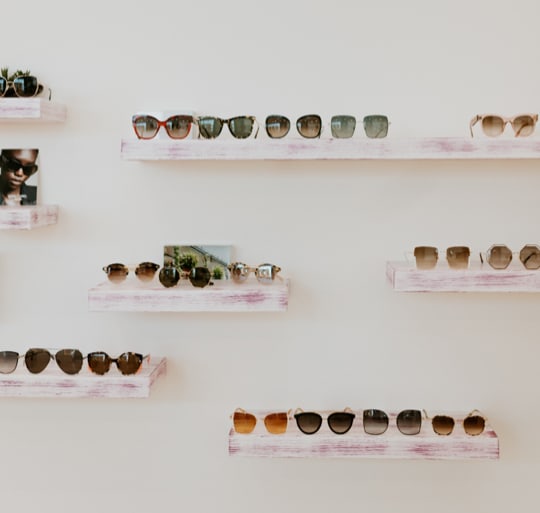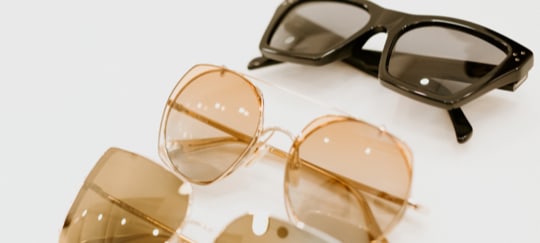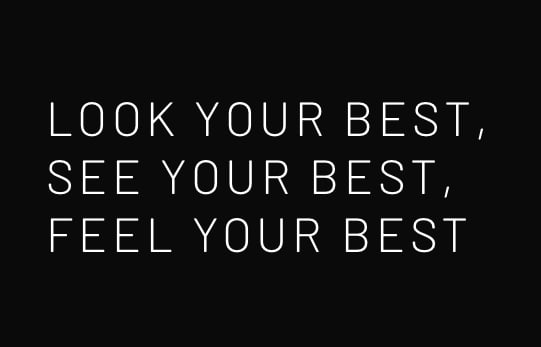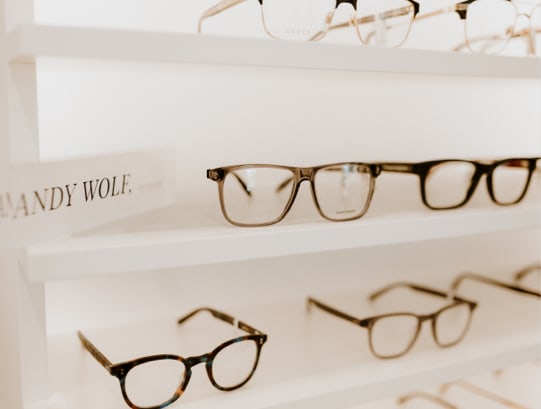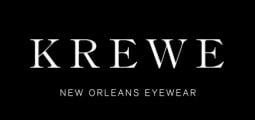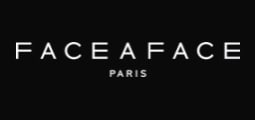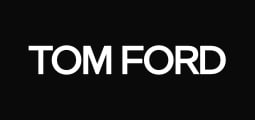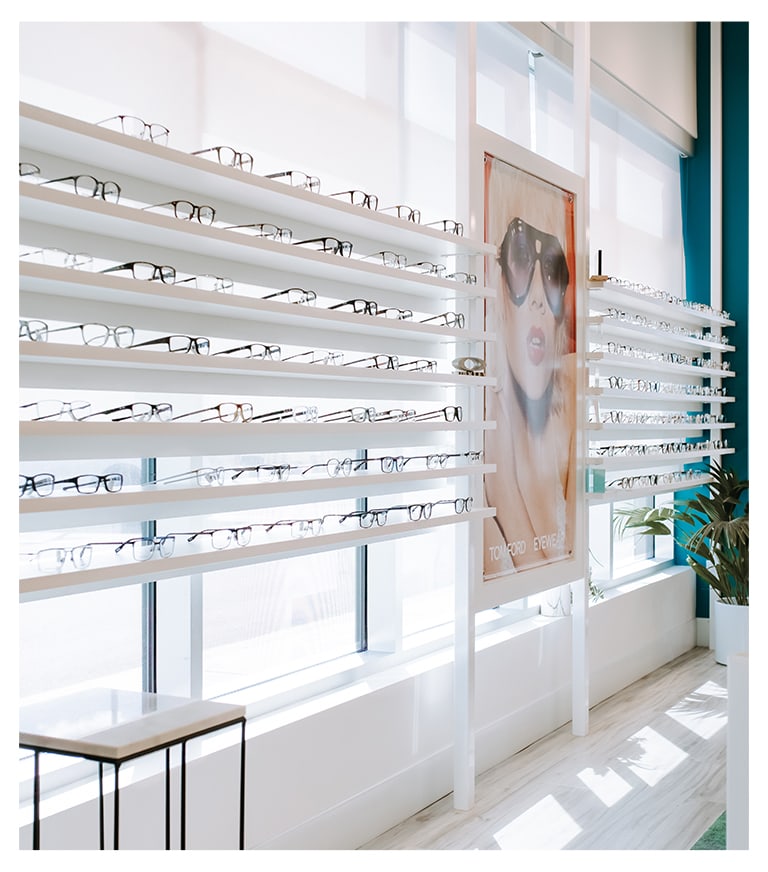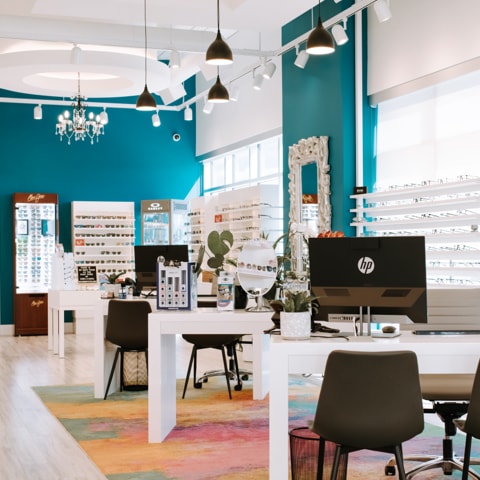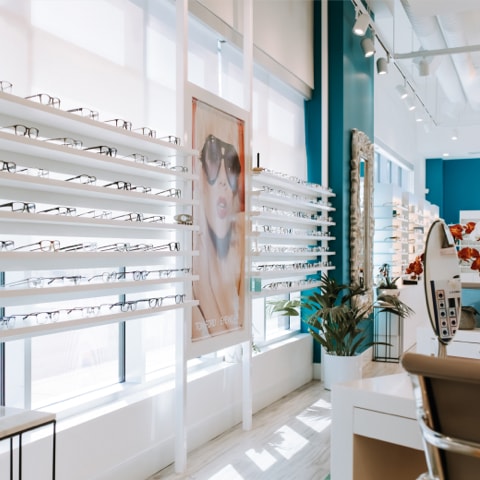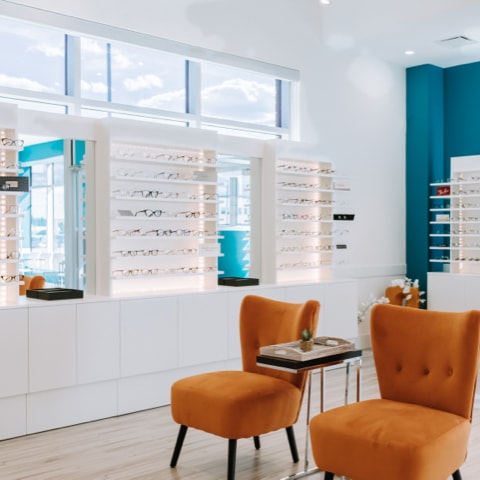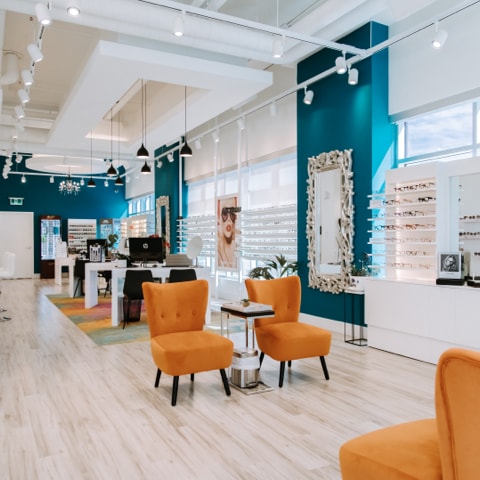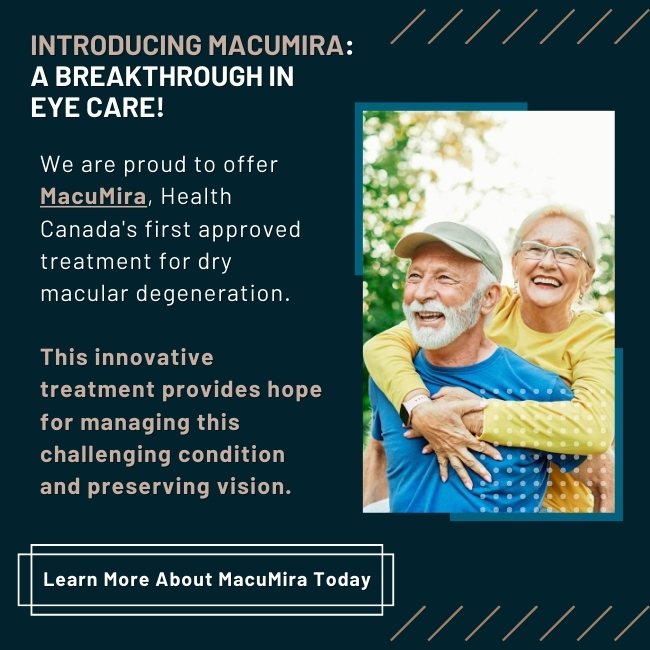Fashionable Frames
Your eyewear is an extension of your personal style. A great pair of eyeglasses is the perfect accessory.
Glasses can draw people in and show off your facial features, or they can blend into the background and simply complement a great outfit. Classic frames go from day to night with ease, providing sophistication to your office attire or understated elegance to a more formal dress. Funky frames stand out, and show everyone you’re ready to take on the world.
Whatever your needs, our experienced team can work with you to understand your personality, lifestyle, and look. We can recommend a pair to suit your face shape, and you can try on as many as you like.
Come and see us to find fashionable frames today.
Book AppointmentOur Brands
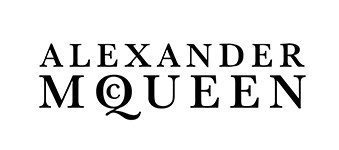
Alexander McQueen
Sunglasses for men and women that display unmistakable British sophistication. This British boutique brand is known for pioneering styles without sacrificing everyday wearability.
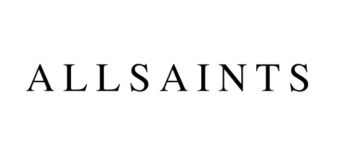
AllSaints
AllSaints eyewear from Mondoticca blends the concepts of "refinement" and "boldness." Designed for fashion-forward urban professionals and trendsetters, this optical collection features bespoke branded hinges, stylish bevelling, and fine metal detailing like hexagon bolt-shaped studs and distressed metal finishes. Elevate your look with AllSaints—eyewear that speaks volumes.
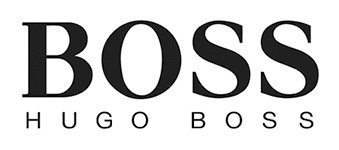
BOSS
BOSS combines clean lines, modern shapes, and imaginative detail to create original eyewear fashion. Fresh convention meets classic style architecture in our eyeglass and sunglass collections.
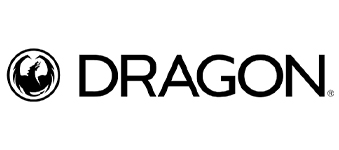
Dragon
A Dragon State of Mind is exploring the unknown territory while continuing to unite the world and personas that make up our alliance. It set out to be leading eyewear in the active youth lifestyle.
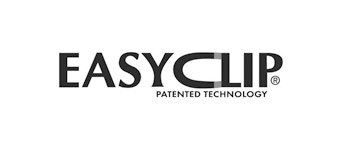
EasyClip
Aspex Eyewear’s EasyClip® technology gives you eyeglasses and sunglasses in the same stylish frame, with removable polarized lenses that go on and off with one easy click.
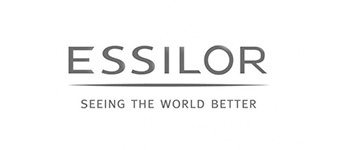
Essilor
The world leader in corrective lenses, Essilor, is present in more than 100 countries with a wide range of lenses to suit various lifestyle needs. Protect your eyesight with innovative lenses tailored to your prescription.
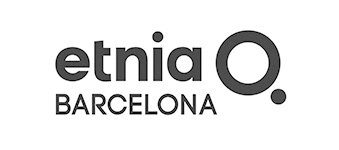
Etnia Barcelona
Etnia Barcelona is all about expressing your unique style through vibrant, art-inspired eyewear. This independent brand from Barcelona brings color to the world of glasses with natural acetate frames and high-quality mineral lenses. They're not just about making a fashion statement, though —they're committed to vision excellence, too. Whether you're after everyday wear or something more daring, Etnia Barcelona's got you covered with a wide range of bold and eye-catching designs.
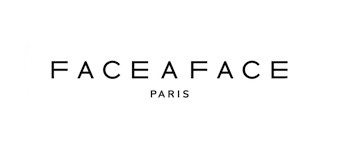
Face A Face
Far from standardized fashion diktats and conformist trends, each collection asserts its artistic temperament, drawing its inspiration from the sources of Modern Art, architecture and contemporary design FACE A FACE frames are developed within the design studio directed by Pascal Jaulent resembling small subtle pieces of architecture, playing with volumes, shapes, material and textures.
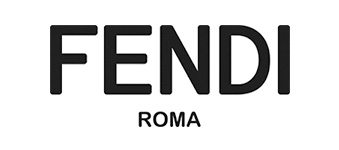
Fendi
It is an extraordinary journey through 90 years of history that has made Fendi a unique and unparalleled brand, featuring the very best in eyewear accessories.

Grace
Timeless elegance defines Grace frame designs. Flattering and pretty styling is evident in each frame- a wonderful addition to the sophisticated woman’s wardrobe. Grace frames are part of the Alternative Eyes brand.
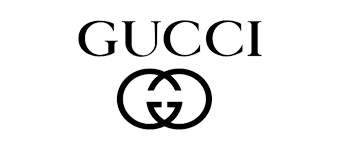
Gucci
Gucci is one of the most prestigious brands in the fashion and luxury field. Eclectic, romantic, and contemporary, Gucci is now taking a completely modern approach to what fashion is, re-establishing the rules for luxury in the 21st century.
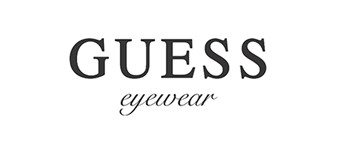
Guess
GUESS was established by the Marciano brothers, who, in 1981, left the south of France in pursuit of the American dream. Inspired by a European influence, the Marciano’s put their innovative touch on the apparel industry, redefining denim and eyewear. Guess, and their large array of sunglasses symbolize a young, sexy, and adventurous lifestyle.
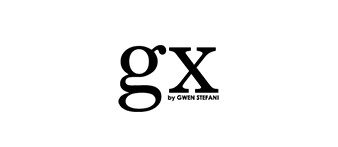
GX
GX By Gwen Stefani is bright, bold, and fun. It’s a collection of affordably priced fashion-forward accessories that embody Gwen’s unique blend of sophisticated polish and creative rock and roll edge. GX is a playful mixture of pop, punk, and chic.
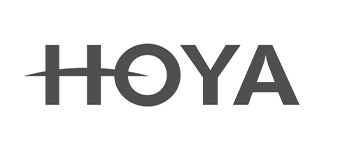
Hoya
Hoya provides a full range of proprietary lens materials, advanced designs for virtually every sight correction requirement, and superior scratch and anti-reflection coatings using Hoya's world-renowned Substrate Matching Properties™ processes.
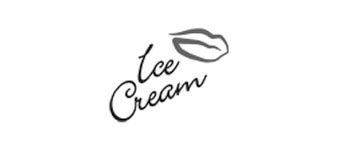
Ice Cream
Make a statement with the fun, fabulous Ice Cream eyewear collection- a sub-brand of Alternative Eyes. With exciting colors and designs galore, everyone can have their favourite flavour of Ice Cream.
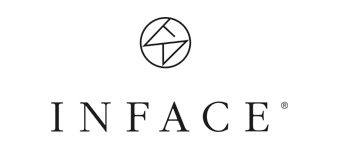
InFace
“It is simply a frame. Pure and simple”. Hans Laursen opened his first optical store in Denmark during the 1970’s. Finding true designer pieces at a reasonable price seemed elusive, so at the end of the 1980’s Hans started his own line of frames - Inface. Inface uses their passion for aesthetically pleasing eyewear to create each affordable and stylish frame in their collection.
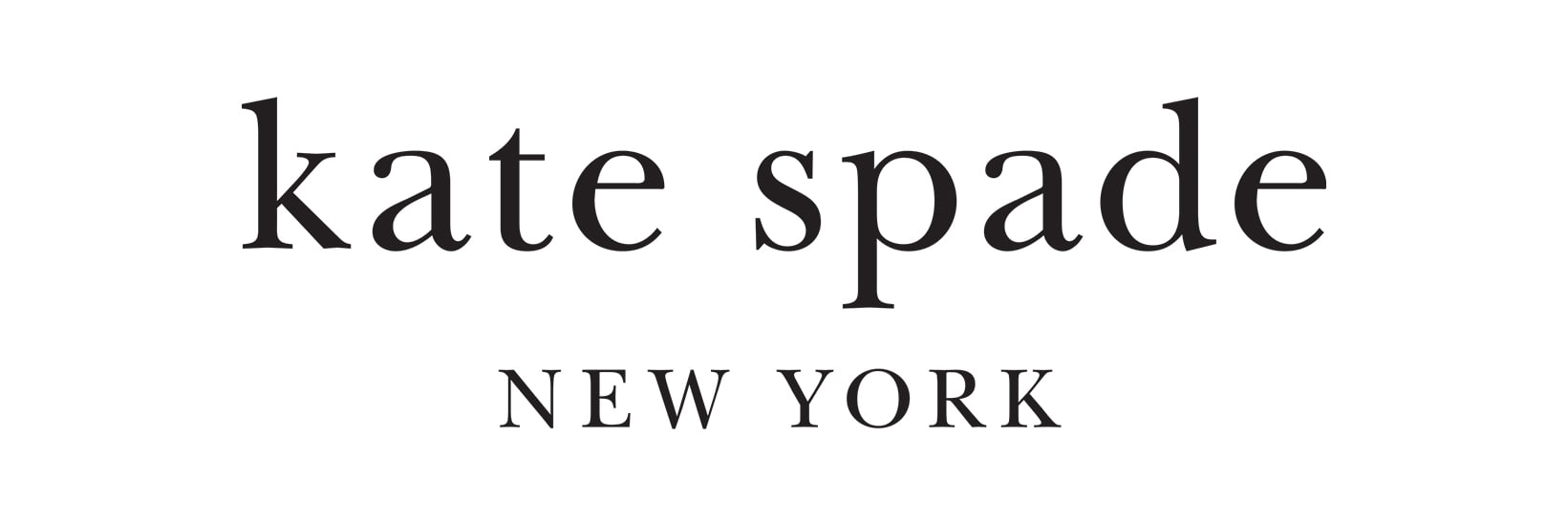
Kate Spade
Kate Spade's eyewear collection features eyeglasses and sunglasses that are flirty and feminine, frames in classic styles and modern shapes with striking prints and bold color palettes. These designs will impress any fashionista.
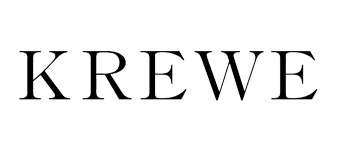
KREWE
At KREWE, we lead with design and let culture drive the rest. Inspired by the endless diversity of life around us, we infuse that same creative energy and spirit into every pair of our exceptional, hand-crafted frames — giving you the freedom to #DoYou and, of course, enjoy the sun.
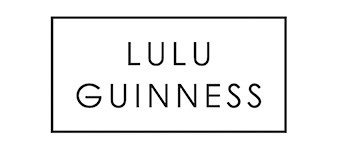
Lulu Guiness
Irresistible glamour and luxurious individual style is the cornerstone of Lulu Guinness eyeglass frames as a sub-brand of Tura Inc. Those seeking dramatic retro shapes, exclusive patterned materials, and unmatched sophistication, should look no further. Lulu Guinness eyewear has an affordable frame collection for all.
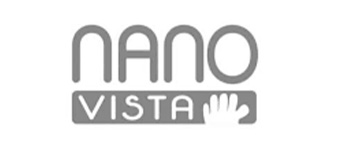
Nano Vista
Childs eyewear has to be durable and straightforward. Colours and designs that catch the attention of any young wearer are also a plus. Nanovista’s line of eyewear caters to children throughout the age range, with features like flexible hinges and strong materials standard on every pair.
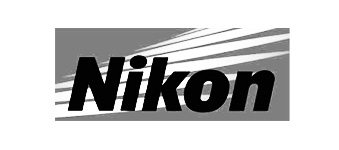
Nikon
When it comes to the best camera lenses, everyone knows the Nikon name. The same technology, highest-quality materials, and years of proven optical design experience have also produced Nikon’s premium, high-performance eyeglass lenses.
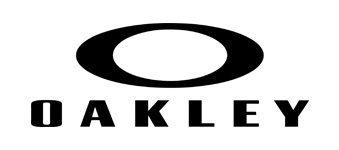
Oakley
Oakley invents each new product with a design philosophy called sculptural physics: the discipline of solving problems with science and wrapping them in art. Supported by an infrastructure that includes the latest tools of technology, Oakley engineers and artisans continue to expand the American company’s array of product categories.
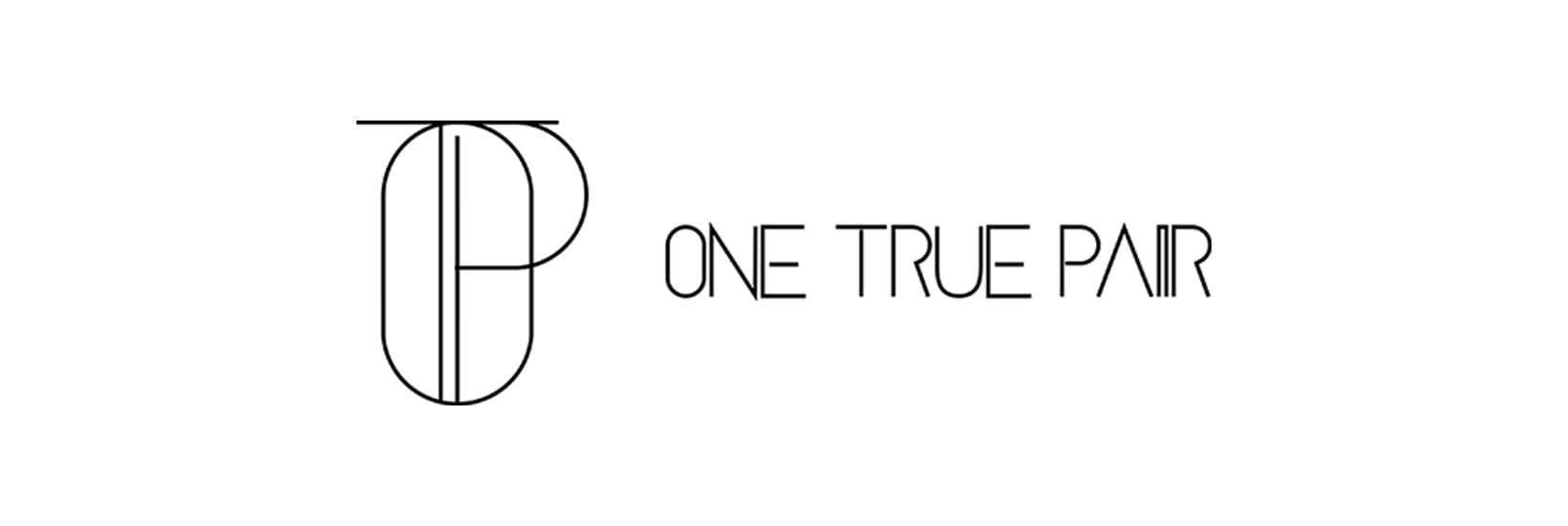
OTP
We're our One True Pair! OTP features modern structures and shapes for a fluid and weightless feel. Retro-inspired thin metal and translucent handmade acetate define the collection with a distinct color scheme of classic metallic trends paired with soft neutrals.
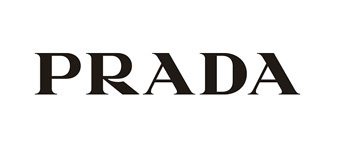
Prada
Innovation is at the core of Prada's success, with no sector escaping the Group's avante garde approach. Prada casts its creative eye beyond the boundaries of fashion, including art, architecture, cinema and culture as a key reference to the brand's core values. Prada eyewear is exemplary of the company's well maintained and well-deserved status associated with the brand.
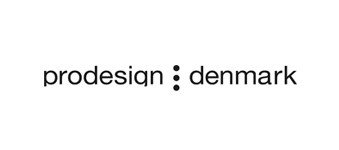
Prodesign Denmark
Founded in Denmark in 1973, Prodesign eyewear is a brand centered around quality, function, and design. With comprehensive knowledge of optics, Prodesign frames are shaped and refined to fit your unique expression. Offering a variety of styles to choose from, their craftsmanship aims to give everyone a unique addition to their personal style through innovative eyewear.
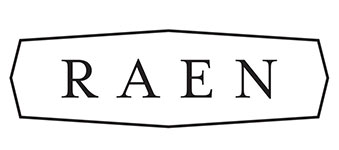
Raen
An independent, classically driven American brand. Raen™ is aimed at bringing quality and authenticity to the boutique eyewear market.
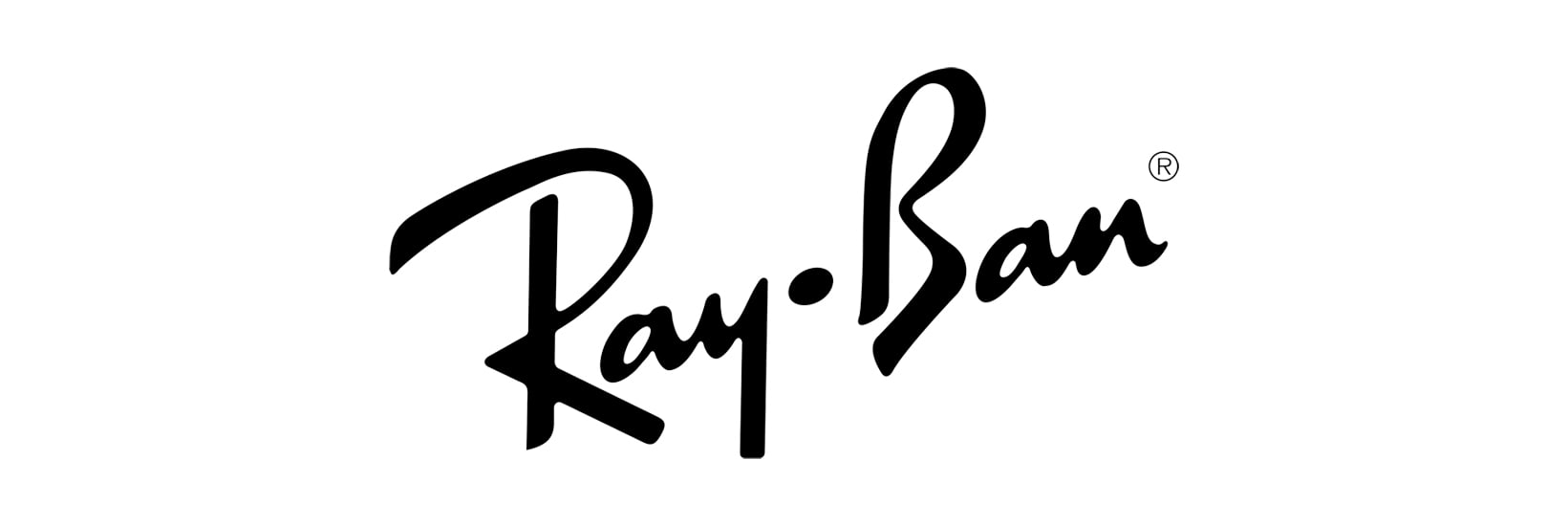
Ray-Ban
Ray-Ban has always been durable, comfortable, and attractive from the vintage classics to the present-day trendy American frames. From celebrities to your friends, Ray-Ban is always a favorite.
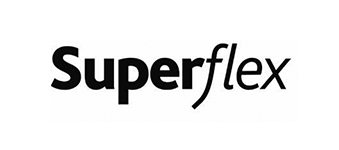
Superflex
From traditional to trendy, the Superflex collection boasts over 90 styles to choose from in a vast array of ladies', men's, unisex, and children's eyewear. An American brand with quality, selection, and style at the forefront, Superflex provides a frame selection for every member of the family at down-to-earth prices.
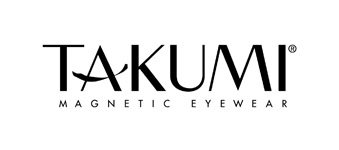
Takumi
Radiating quality while maintaining a simple elegance, the Takumi collection is a streamlined fusion of art, luxurious styling, and sophistication. Inspired by the graceful lines found in Japanese design and the enterprising spirit of the West, Takumi, meaning master craftsman, lives up to its definition.
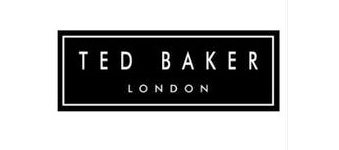
Ted Baker
Ted Baker eyewear (a sub-brand of Tura Inc) is a quirky brand that features mixed styles of retro influences and contemporary fare. Considered a quintessentially British brand, Ted Baker eyeglass frames emphasize clean silhouettes and iconic details.
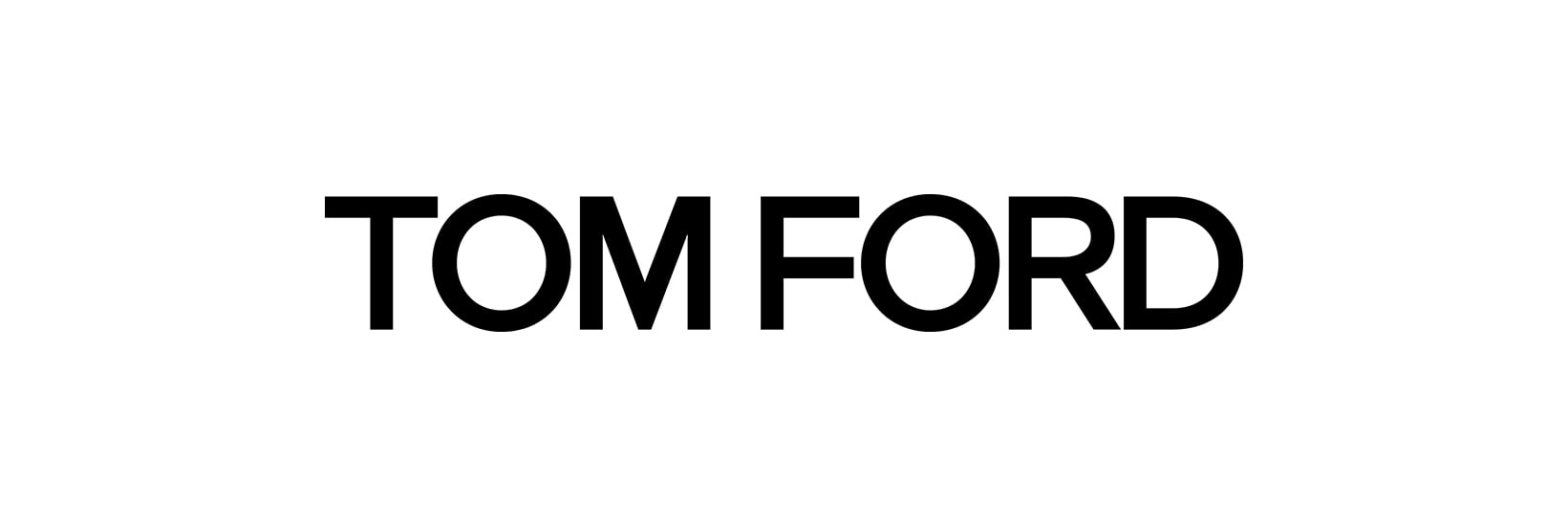
Tom Ford
Tom Ford is the first true luxury brand of the 21st century and places a priority on delivering the highest quality product and the greatest standard of service.
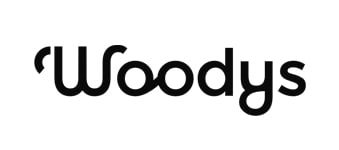
Woodys
Woody's is a Barcelona-based eyewear designer known for their exclusive, high-quality frames. With a focus on elegance and sophistication, their frames enhance users' looks by combining exquisite designs. Distributed in 52 countries across the globe, Woody's showcases an exceptional level of attention to detail, creating frames that are truly incomparable.
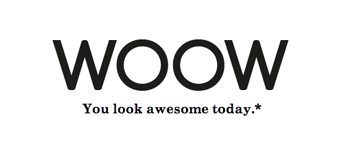
Woow Eyewear
WOOW was created as a collection under Face à Face and has now grown into a strong individual brand for the young and bold, sold in more than 40 countries across the world.
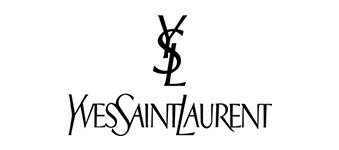
Yves Saint Laurent
Yves Saint Laurent, one of the world’s most fashionable designers, has a collection of stunning eyeglasses that are sure to please. Known for European grace and class, these women’s glasses frames are for those who put style first. Yves Saint Laurent has been a standout in the fashion industry for decades and never disappoints by expressing his European elegance with classic French sophistication.
Visit Us in Saskatoon
Kennedy Eye Clinic
You can find us inside the Lakeside Medical Building on Mckercher and College Drive, with plenty of parking available out front.
We’re closed on long weekends.
By texting the number listed below, you agree to receive messages from Kennedy Eye Clinic. Msg & data rates may apply. Message Frequency varies. Unsubscribe at any time by replying STOP. Reply HELP for help.
- Phone: 306-952-6464
- Fax: 306-952-6465
- Email: [email protected]
- 100-215 Joseph Okemasis Drive
- Saskatoon, SK S7N 3A8
Hours
- Monday: 8:00 AM – 6:00 PM
- Tuesday: 8:00 AM – 6:00 PM
- Wednesday: 8:00 AM – 6:00 PM
- Thursday: 9:00 AM – 7:00 PM
- Friday: 9:00 AM – 5:30 PM
- Saturday: 9:00 AM – 3:00 PM
- Sunday: Closed
The Eye Studio by Kennedy Eye Clinic
You can find us on 8th Street East, we share a building with Saskatoon Dental House. There is lots of free parking out front.
We’re closed on long stat weekends.
By texting the number listed below, you agree to receive messages from Kennedy Eye Clinic. Msg & data rates may apply. Message Frequency varies. Unsubscribe at any time by replying STOP. Reply HELP for help.
- Phone: 306-986-5550
- Fax: 306-868-5551
- Email: [email protected]
- 120-619 8th Street East
- Saskatoon, SK S7H 0R1
Hours
- Monday: 8:00 AM – 6:00 PM
- Tuesday: 8:00 AM – 6:00 PM
- Wednesday: 8:00 AM – 6:00 PM
- Thursday: 9:00 AM – 7:00 PM
- Friday: 9:00 AM – 5:30 PM
- Saturday: Closed
- Sunday: Closed
Our Brands
